Video: .mp4 (1280×720) | Audio: AAC, 44100 kHz, 2ch | Size: 5.19 Gb | Materials: PDF
Genre: eLearning Video | Duration: 21h 08m | Language: English
Build Complete Web and Hybrid Mobile Solutions. Master front-end web, hybrid mobile app and server-side development in four comprehensive courses.
Building Web Applications in PHP
In this course, you’ll explore the basic structure of a web application, and how a web browser interacts with a web server. You’ll be introduced to the request/response cycle, including GET/POST/Redirect. You’ll also gain an introductory understanding of Hypertext Markup Language (HTML), as well as the basic syntax and data structures of the PHP language, variables, logic, iteration, arrays, error handling, and superglobal variables, among other elements. An introduction to Cascading Style Sheets (CSS) will allow you to style markup for webpages. Lastly, you’ll gain the skills and knowledge to install and use an integrated PHP/MySQL environment like XAMPP or MAMP.
Introduction to Structured Query Language (SQL)
In this course, you’ll walk through installation steps for installing a text editor, installing MAMP or XAMPP (or equivalent) and creating a MySql Database. You’ll learn about single table queries and the basic syntax of the SQL language, as well as database design with multiple tables, foreign keys, and the JOIN operation. Lastly, you’ll learn to model many-to-many relationships like those needed to represent users, roles, and courses.
Building Database Applications in PHP
In this course, we’ll look at the object oriented patterns available in PHP. You’ll learn how to connect to a MySQL using the Portable Data Objects (PDO) library and issue SQL commands in the the PHP language. We’ll also look at how PHP uses cookies and manages session data. You’ll learn how PHP avoids double posting data, how flash messages are implemented, and how to use a session to log in users in web applications. We’ll then build the first ‘complete’ application that has multiple screens to Create, Read, Update and Delete (CRUD) our data. This brings all the previous concepts together and will form the basis for all later web applications. It is assumed that learners have already taken the Building Web Applications course in this specialization.
jаvascript, jQuery, and JSON
In this course, we’ll look at the jаvascript language, and how it supports the Object-Oriented pattern, with a focus on the unique aspect of how jаvascript approaches OO. We’ll explore a brief introduction to the jQuery library, which is widely used to do in-browser manipulation of the Document Object Model (DOM) and event handling. You’ll also learn more about jаvascript Object Notation (JSON), which is commonly used as a syntax to exchange data between code running on the server (i.e. in PHP) and code running in the browser (jаvascript/jQuery).
It is assumed that learners have already taken the Building Web Applications and Building Database Applications in PHP courses in this specialization.
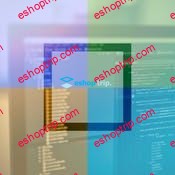
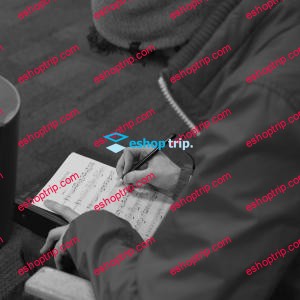

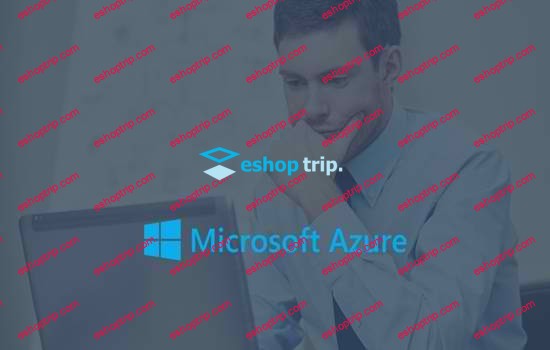
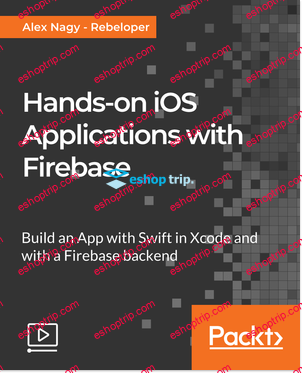

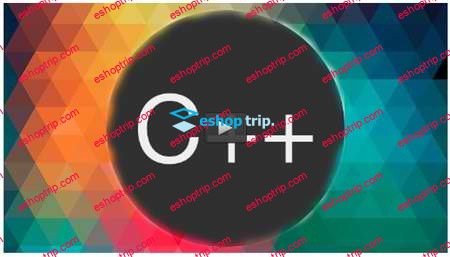

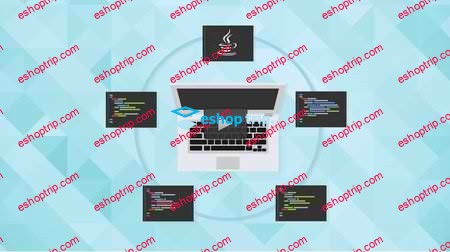
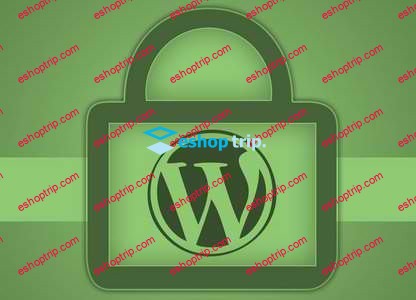
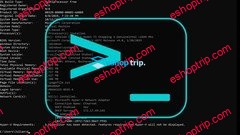
Reviews
There are no reviews yet.